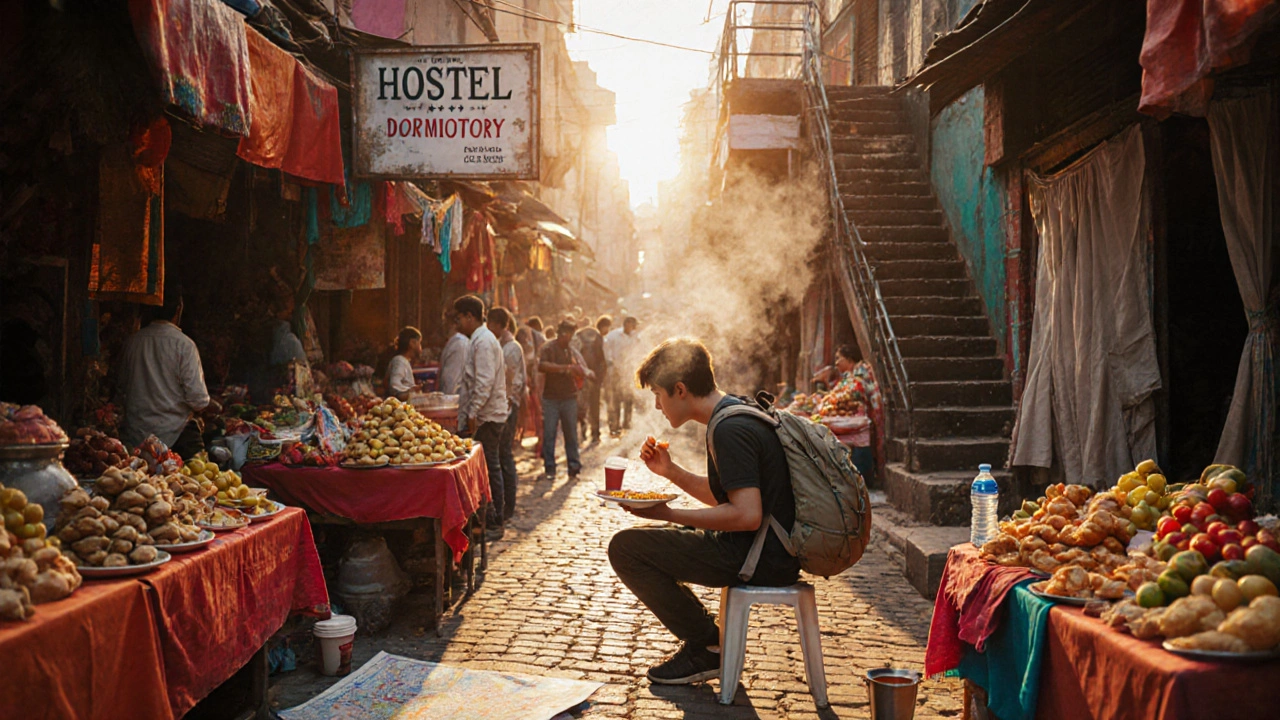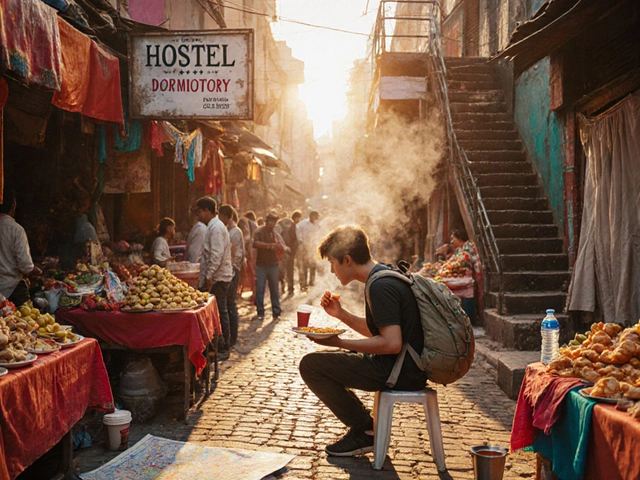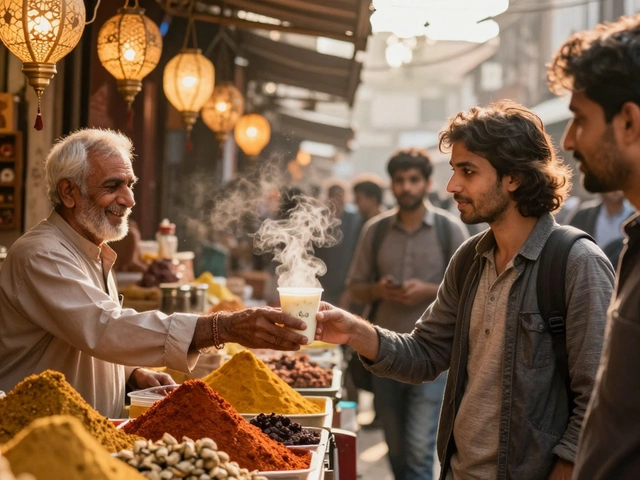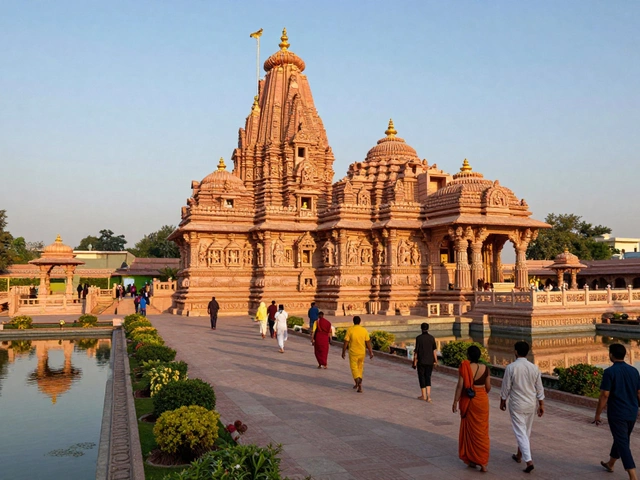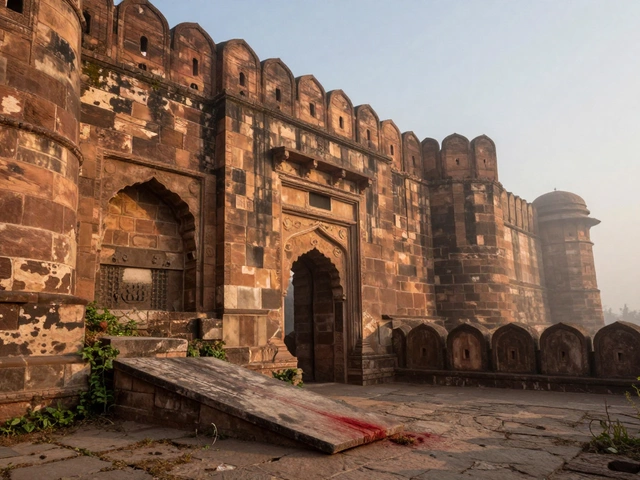India Travel Cost Calculator
Estimate Your India Trip Costs
Your Estimated Costs
Based on 2025 ratesDaily Cost:
Total Cost:
* Includes accommodation, food, transport, and attractions
Cost Breakdown
Planning a trip to India often sparks the same question: will my wallet survive the adventure? The answer isn’t a simple yes or no because costs shift dramatically between cities, travel styles, and personal habits. This guide breaks down the real numbers you’ll encounter in 2025, shows where you can save, and helps you decide whether India fits your budget.
Understanding Costs in India
India, a sub‑continent of 1.4billion people, offers a spectrum of prices that can feel bewildering at first. While some parts of the world charge a premium for basic services, India’s India travel cost varies from a few dollars a day for backpackers to hundreds for luxury seekers. The key is to map your expectations against three main budget tiers:
- Backpacker (budget): $15‑$30USD per day
- Mid‑range traveler: $50‑$100USD per day
- Luxury explorer: $150‑$300USD per day
These figures include accommodation, meals, transport, and entry fees, but they exclude international flights. Below we unpack each cost component so you can see where the numbers come from.
Accommodation: Options for Every Wallet
Accommodation is the most visible expense for any traveler staying overnight. India’s lodging market ranges from dormitory‑style hostels to five‑star heritage hotels.
Hostels and Guesthouses - In major cities like Delhi, Mumbai, and Bangalore, a clean dorm bed costs $5‑$10USD per night. Private rooms in budget guesthouses start at $12‑$20USD, often including a basic breakfast.
Mid‑range Hotels - Three‑star boutique hotels in tourist hotspots such as Jaipur or Goa charge $30‑$60USD per night. They typically offer air‑conditioning, Wi‑Fi, and an on‑site restaurant.
Luxury Stays - Heritage palaces turned hotels (e.g., Neemrana Fort) start around $120USD per night, while ultra‑luxury resorts in Kerala’s backwaters can exceed $250USD.
Season matters: peak winter (Nov‑Feb) pushes prices up 20‑30%. Booking a few weeks in advance usually secures the best rates.
Food: Eating Out Without Breaking the Bank
Food covers everything you eat while traveling. Indian cuisine offers plentiful cheap options and high‑end experiences.
Street Food - A plate of panipuri in Mumbai or a dosa in Chennai costs $0.80‑$2USD. These meals are filling, authentic, and easy on the budget.
Casual Restaurants - Mid‑range eateries serving thali (a set meal) range from $4‑$8USD. Chain restaurants (e.g., KFC, Domino’s) cost $5‑$10USD for a combo.
Fine Dining - Upscale restaurants in Delhi’s diplomatic enclave or Goa’s beachfront may charge $25‑$50USD per person for a multi‑course meal, especially when wine is involved.
Tip: ordering lunch instead of dinner often saves 20% because many places offer a cheaper lunch menu.
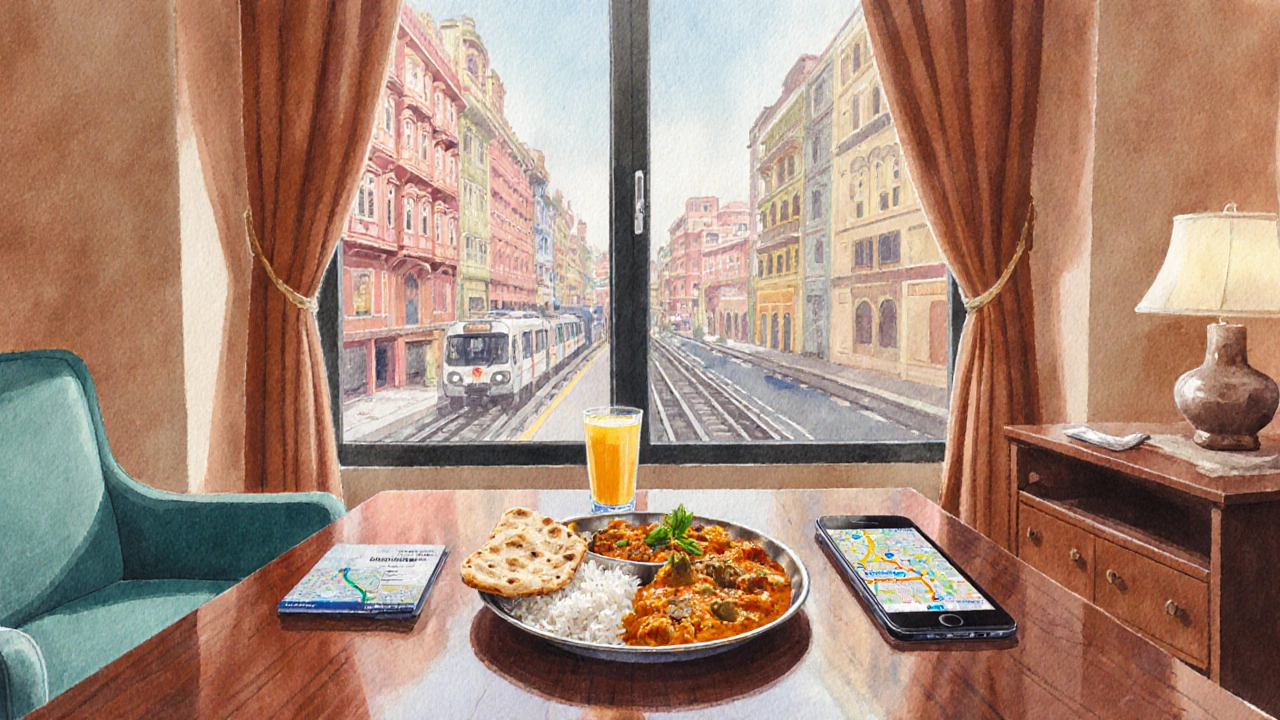
Transportation: Getting Around Affordably
Transport includes all ways you move between and within destinations. India’s network is extensive, but your choice of mode hugely impacts the budget.
Local Trains & Metro - City metros (Delhi, Mumbai, Bengaluru) charge $0.30‑$1USD per ride. Suburban trains in Mumbai are even cheaper, often under $0.20USD per journey.
Intercity Trains - Indian Railways offers three classes: General (unreserved) at $0.50‑$1USD per 100km, Sleeper Class at $5‑$10USD for overnight trips, and AC‑3 Tier at $15‑$25USD.
Buses - State-run and private buses connect most towns. A Delhi‑Agra bus costs $5‑$10USD, while luxury Volvo coaches on longer routes may be $15‑$20USD.
Domestic Flights - Low‑cost carriers (IndiGo, SpiceJet) routinely price Delhi‑Kolkata at $35‑$60USD if booked early. Prices surge during festivals, adding $20‑$30USD.
Ride‑sharing apps (Ola, Uber) are widely available in metros and charge similar to taxis - $2‑$4USD for a 5‑km ride.
Attractions and Activities: What to Expect
Attractions are the sites and experiences that draw visitors. Entry fees differ by type.
- Historical Monuments - The Taj Mahal’s entry fee for foreign tourists is $15USD (peak season), while many smaller forts charge $2‑$5USD.
- Museums & Galleries - The National Museum in Delhi costs $2‑$4USD.
- Natural Parks - A day trek in Jim Corbett National Park costs $30‑$50USD, including a guide.
- Cultural Shows - Traditional Kathakali performances in Kerala range $10‑$20USD.
Some experiences, like free walking tours in Old Delhi or temple visits in Varanasi, cost nothing beyond a modest tip.
Currency and Exchange Tips
Currency in India is the Indian Rupee (INR). In October2025 the average exchange rate sits around 1USD≈82INR, though rates fluctuate.
Best practices:
- Withdraw cash from ATMs in major cities; they dispense at near‑market rates and have low fees (≈$1USD per withdrawal).
- Carry a small amount of USD or EUR for airport exchanges, but expect a 4‑6% markup.
- Use contactless payment apps (Google Pay, PhonePe) where accepted - they bypass currency conversion fees.
Tip: 500‑rupee notes are handy for small purchases; many vendors won’t break larger denominations.
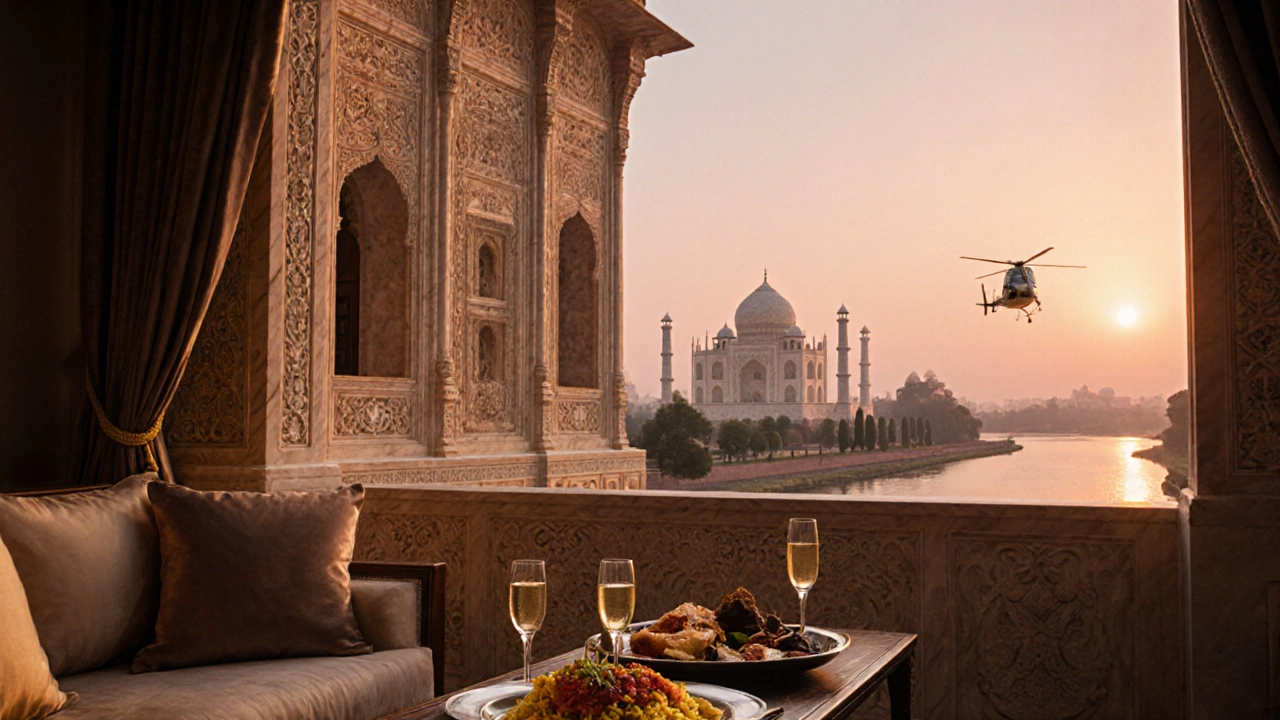
Sample Daily Budgets
| Category | Accommodation | Food | Transport | Attractions | Total |
|---|---|---|---|---|---|
| Backpacker | $7 | $5 | $3 | $4 | $19 |
| Mid‑range | $45 | $20 | $10 | $15 | $90 |
| Luxury | $150 | $60 | $30 | $40 | $280 |
These numbers illustrate why many first‑time visitors feel India is cheap - the backpacker tier lives comfortably on less than $20USD a day. However, your personal choices dictate the final figure.
Tips to Stretch Your Money
- Travel off‑peak (March‑May, September‑October) to snag lower accommodation rates.
- Use train passes (e.g., Indian Railways’ “IndRail Pass”) for unlimited travel across zones.
- Eat where locals eat; family‑run dhabas often serve hearty meals for $3‑$4USD.
- Book tickets for major monuments online months ahead - you avoid queue fees and sometimes get a discount.
- Negotiate taxi fares in small towns; most drivers expect a short discussion.
Frequently Asked Questions
Is India really cheaper than Western countries?
Yes, on average daily expenses in India are 60‑80% lower than in the US, UK, or Australia. The biggest savings come from food and accommodation, where budget options cost a fraction of what you’d pay in most Western cities.
Do I need a visa to travel to India as a tourist?
Most nationalities can obtain an e‑tourist visa online. The fee ranges from $10‑$100USD depending on length of stay; processing usually takes 2‑5 business days.
What is the safest way to carry cash in India?
Carry small denominations in a hidden pouch, use a debit card for larger withdrawals, and keep a backup credit card for emergencies. Avoid flashing large sums in public markets.
How reliable is public transport for tourists?
Metro systems in Delhi, Mumbai, and Bengaluru are clean, punctual, and inexpensive. Intercity trains are generally reliable, but book seats in advance during festival periods to avoid sold‑out situations.
Can I use my mobile phone abroad in India?
Most major carriers partner with Indian networks for roaming. Alternatively, buy a prepaid SIM (costing about $10USD) for unlimited data; it’s a cost‑effective option for long stays.
